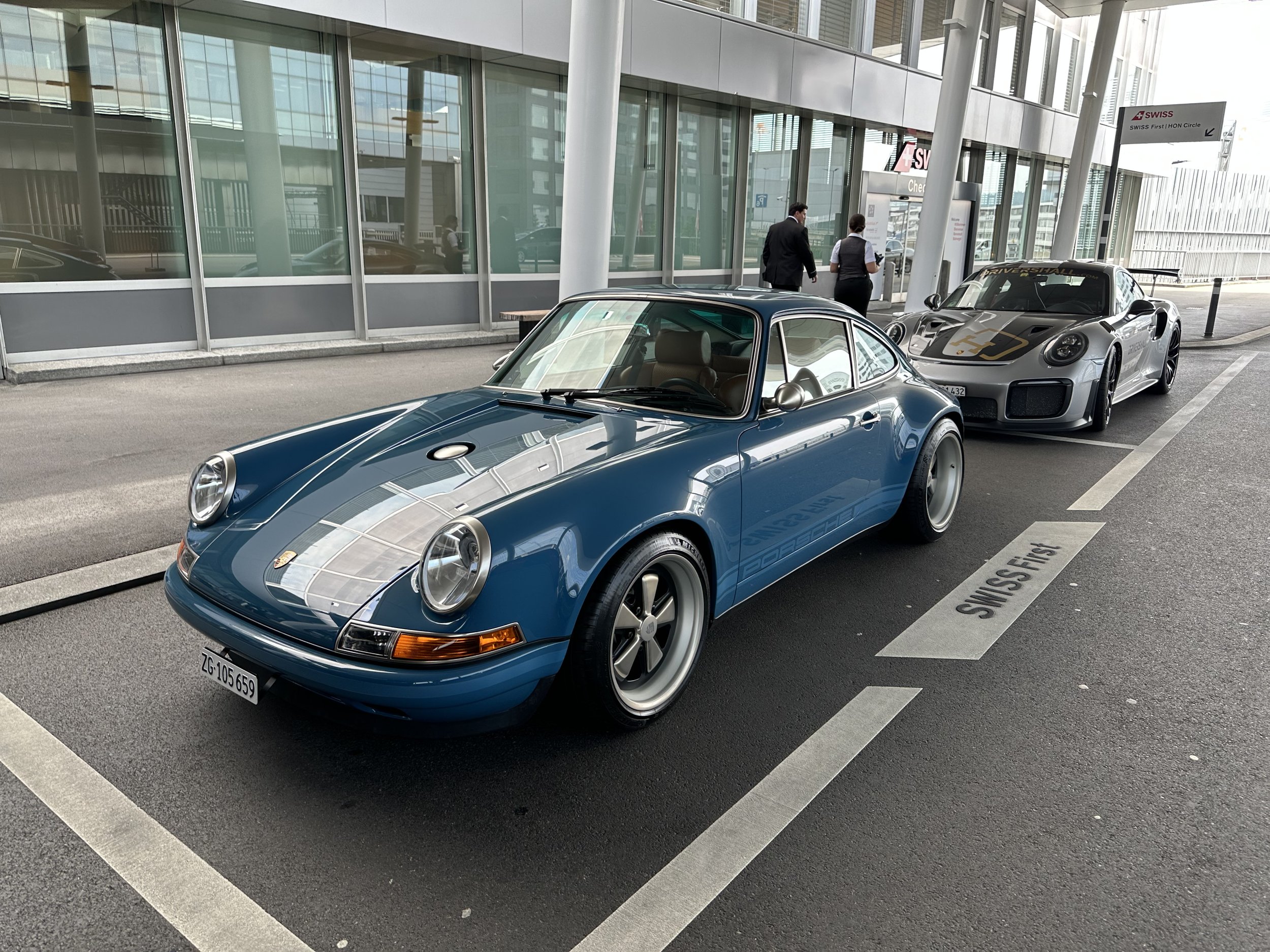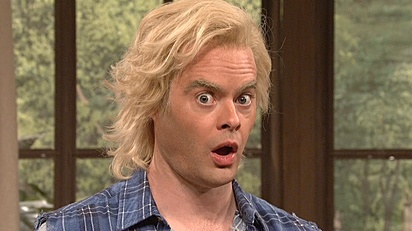An Ode to the 911
Long before I could drive, I worshiped a car.
Much has been said and written about the Porsche 911 over the years. My own journey is a small reflection of its history.
The 911 was first introduced into full production in 1965, and for six decades Porsche evolved it into modern car we know today. Along the way, they had some valleys and some incredible peaks 1965 to 1973 was an incredible era, arguably the greatest for the early 911 models. Then, in 1974, US authorities began enforcing stricter emissions and crash safety requirements, and instead of responding with innovation, Porsche lost their way, gutted the engine’s power and altered many of the 911’s most beautiful features. This was the first valley.
Porsche made their way back, and in the mid 1980’s, they introduced an evolution of the 911 called the 959. This was a twin turbo beast of a machine that did zero to 60 in 3.6 seconds (a Guiness world record), all curves with a dimpled side air intake providing a whimsical smirk to its angry power. The 959 was a pinnacle on the 911 journey.
A poster of a Porsche 959 hung on my boarding school wall…
This car was an object of reverence. My friends and I had all its specs memorized: top speeds, horsepower, details about its turbocharged engines, its novel braking system. We marveled at this masterpiece of engineering, which even had four-wheel drive (wow!). Bill Gates bought one and had it confiscated by authorities when he tried to bring it into the United States. To teenage me, the 959 wasn’t a car, it was a chariot of the gods.
I dreamed that someday I would own a Porsche of my own.
Soon after launch in the late 1960’s, Porsche began introducing variants with different levels of performance. The top end of these was the Porsche 911S.
In 1990 at the age of 19, I found a bright yellow 1967 Porsche 911S in The Recycler, the go-to classifieds at the time (think Craigs List, but your fingers get ink all over them). It was listed for $5,500, which I raised by trading in my Kawasaki GPZ 550 motorcycle and draining my meager savings. I was in heaven. This car wasn’t ready for concourse by any means. It had some rust, and its engine and chassis serial numbers didn’t match, but otherwise it was all original, including Halogen H1 headlights, an electric sun roof and factory Weber carburetors.
One of the most important innovations with the 911 was the air cooled “flat 6” engine, with six cylinders horizontally opposed. This engine was a groundbreaking innovation that significantly impacted the automotive industry and has since become synonymous with Porsche, offering advantages such as a low center of gravity, balanced movement, and a distinctive sound. The flat 6 engine has been a cornerstone of Porsche's DNA since then, an integral part of the brand's identity. And the engine’s growl has just a little bit of treble, a reminder that Ferdinand Porsche also designed the Volkswagen Beetle.
My Porsche journey continued in 1992. For my 21st birthday, I again drained my savings and bought a Porsche 911E from 1971, the year of my birth, for $8,500. I found it for sale in San Francisco. With a backpack full of cash, I took a one-way flight up to SFO and a cab into the city. Here she is in the garage as I walked in.
I handed over the cash and drove this beauty back to LA, all night long. I got in just in time to take a nap and meet friends for my 21st birthday party.
The 911E was a special car. It was the first to introduce fuel injection into the 911 family. Its Bosch mechanical fuel injection system was another significant advancement that improved performance and efficiency. Fortunately, this high-tech refinement didn’t smooth off the 911’s distinctive rough edges.
Here it is without the bra, all style. I even found a original factory ski rack with leather straps and took my future wife skiing in the mountains above LA in this car.
A small regret, I never should have sold these cars. They would be worth six figures today. Who knew!
In later years, I got close to the 959, but never quite there. I owned a 1997 Porsche 911 Turbo S (aka a 993) which was the last car in the air-cooled era for Porsche. It had a 3.6L twin-turbocharged flat-6 engine with an output of 424 horsepower and did 0-60 in 3.7 seconds – almost 959 level.
More recently, I have watched (from a distance) a rebirth in interest in the classic 911. Nowhere is this resurgence more embodied than in Singer. I came across one at Zurich airport recently, and it stopped me in my tracks.
The Singer Porsche is a unique and meticulously crafted vehicle created by Singer Vehicle Design. Singer specializes in restoring cars modeled after the 1965-1973 era 911. They actually start with a later chassis and then they build a 911 around it. As a purist, this took me a moment to appreciate. A Singer is actually a new vehicle, a reimagination using all of the technology available today to achieve the original vision of the creators of those early 911 cars.
This is a car, and a work of art. My love affair with the 911 continues.


































